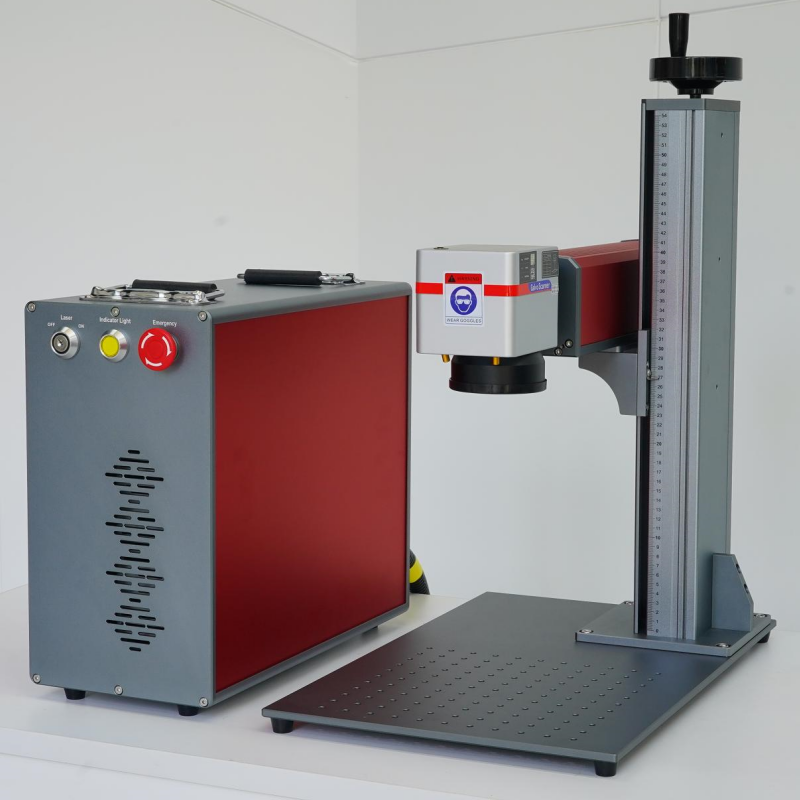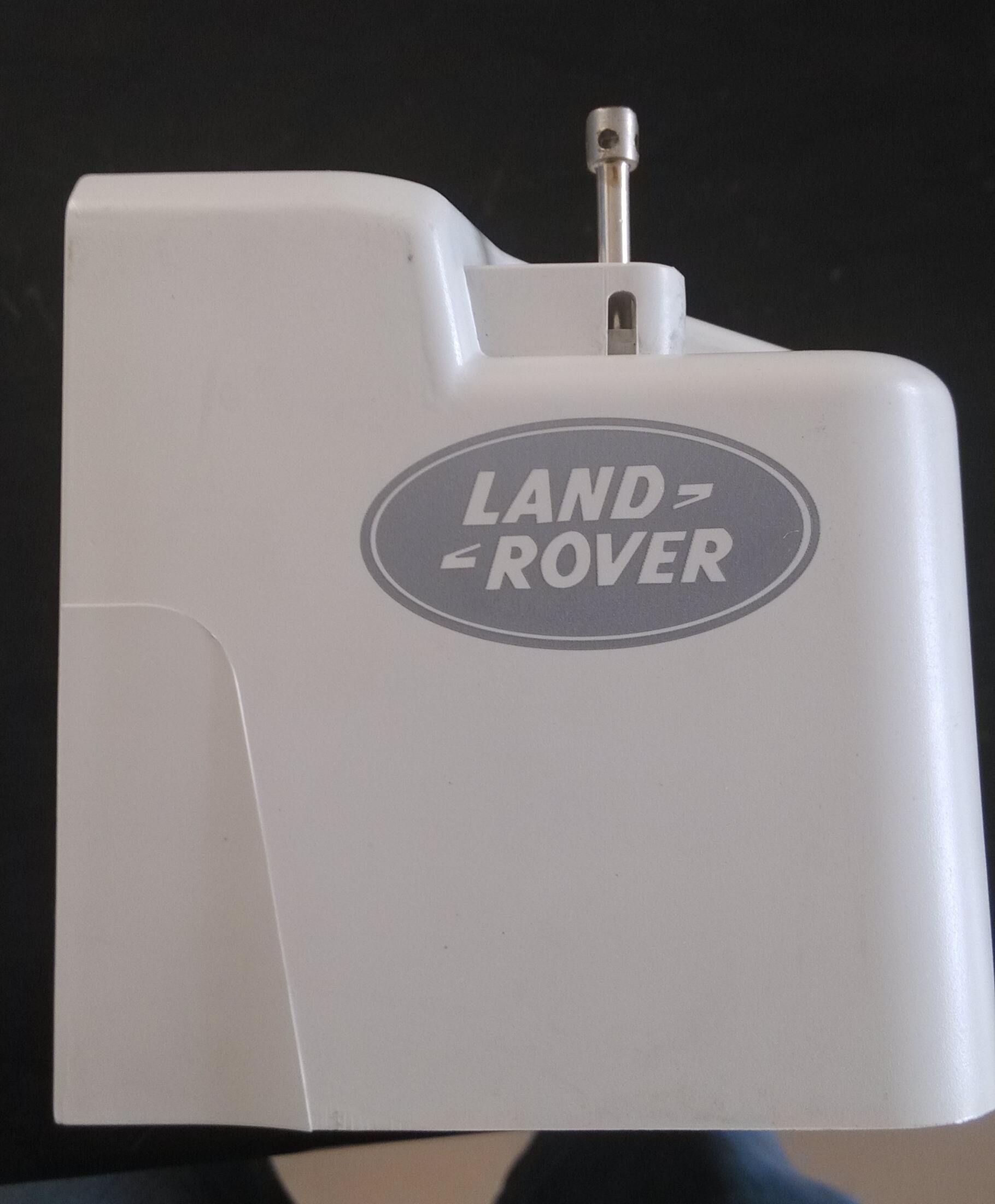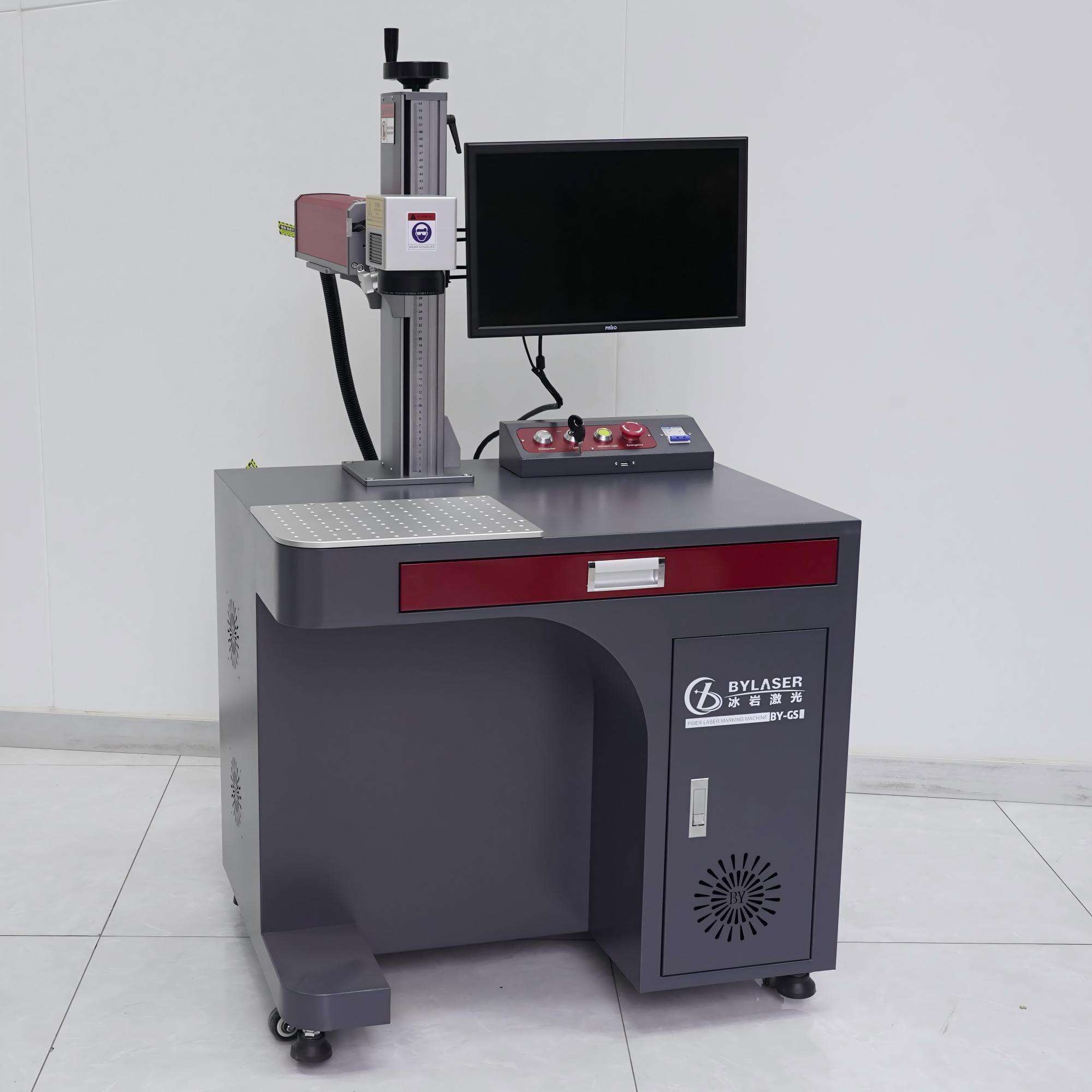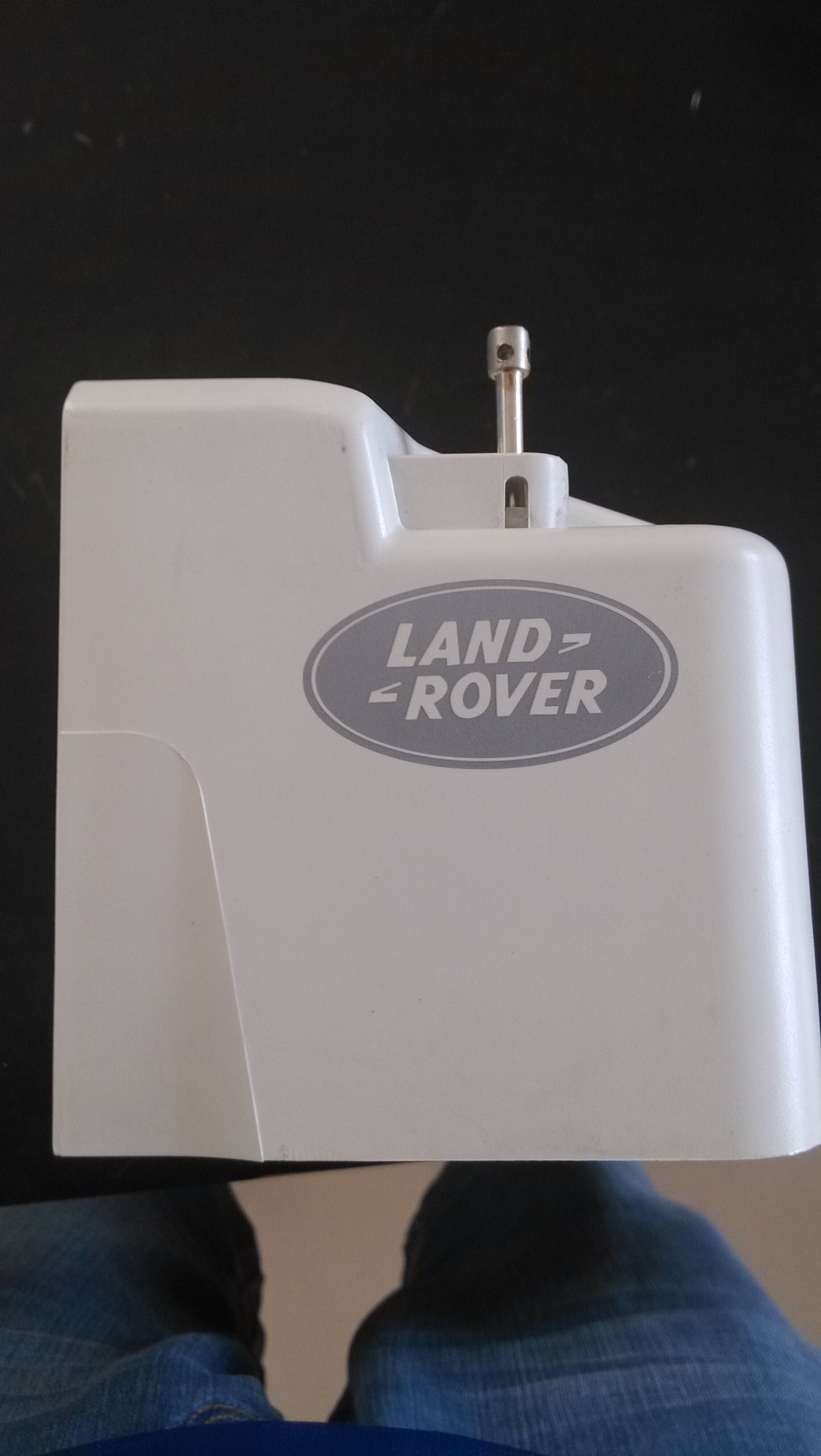Top 7 Advantages of Using Laser Marking Machines for ABS Plastic
In the manufacturing and product identification industries, ABS plastic remains a cornerstone material due to its durability, affordability, and versatility. As traceability and branding demands grow, laser marking machines have emerged as the go-to solution for permanent markings on ABS surfaces. Below, we explore the unique benefits of laser marking technology for ABS plastic and why it outperforms traditional marking methods.


Laser marking systems deliver micron-level accuracy, enabling intricate logos, QR codes, serial numbers, and even high-resolution graphics on ABS components. Unlike mechanical engraving or inkjet printing, lasers eliminate smudging or misalignment risks. This precision is critical for industries like automotive and electronics, where tiny parts require flawless identification.
Traditional ink-based methods often involve solvents or dyes that release volatile organic compounds (VOCs). Laser marking, however, uses focused light beams to alter the plastic’s surface molecular structure without additives. This aligns with global sustainability trends (e.g., REACH and RoHS compliance) and reduces hazardous waste disposal costs.
Laser-marked ABS resists abrasion, UV exposure, and chemical corrosion. Tests show laser-etched markings retain legibility even after 1,000+ hours of salt spray testing or extreme temperature cycles. This makes it ideal for outdoor equipment, medical devices, and industrial tools requiring lifelong traceability.

A single laser marking machine can process hundreds of ABS parts per hour with minimal downtime. Unlike consumable-heavy methods (e.g., pad printing), lasers require no inks, stencils, or replacement tips. Over time, businesses save up to 40% on operational costs while boosting output.
Mechanical engraving can generate micro-cracks or stress points in ABS plastic. Laser systems, however, operate without physical contact, ensuring the substrate’s structural integrity remains intact. This is vital for safety-critical components like automotive airbag housings or electrical connectors.
Modern fiber laser markers allow instant design changes via software, eliminating the need for costly tooling adjustments. Whether updating batch numbers or adding multilingual labels, manufacturers can adapt to market demands in real time—ideal for just-in-time (JIT) production models.
Laser marking meets stringent regulatory requirements, including:
FDA guidelines for medical device UDI (Unique Device Identification)
Automotive IATF 16949 traceability protocols
Aerospace AS9100 part identification norms
This ensures global market accessibility for ABS-based products.

To maximize results, optimize these parameters:
Wavelength: Fiber lasers (1064 nm) yield higher contrast on dark ABS, while CO2 lasers suit lighter variants.
Speed/Power Balance: Prevent melting by calibrating energy input (e.g., 20W–50W fiber lasers at 800–1500 mm/s).
Gas Assistance: Nitrogen gas purging enhances mark contrast by reducing oxidation.
Many manufacturers cling to outdated inkjet or labels due to upfront cost misconceptions. However, studies reveal laser systems achieve ROI within 12–18 months through reduced waste and rework. Early adopters report 30% higher client retention due to marking consistency.
Laser marking machines are revolutionizing ABS plastic identification by merging precision, sustainability, and cost efficiency. As industries prioritize smart manufacturing and circular economy principles, transitioning to laser technology isn’t just advantageous—it’s inevitable.
Invest in laser systems today to elevate product quality, comply with evolving regulations, and outpace competitors still relying on 20th-century methods.
